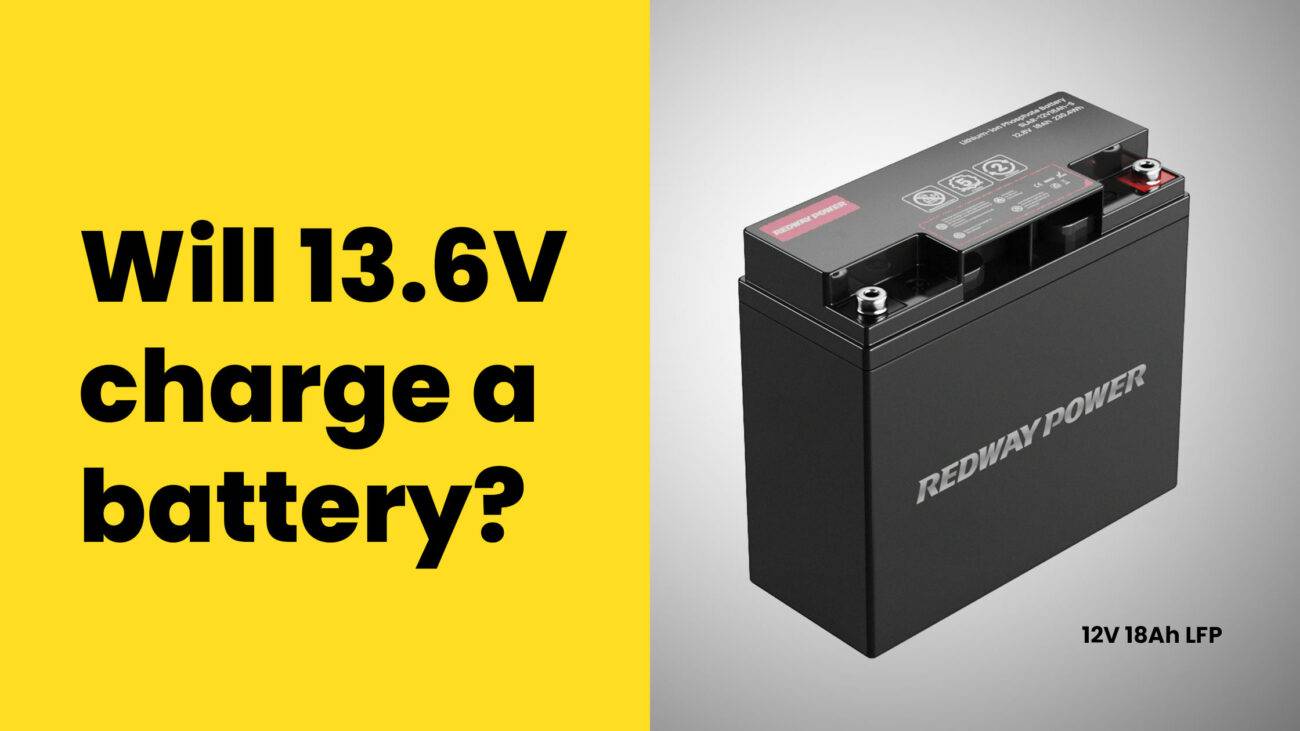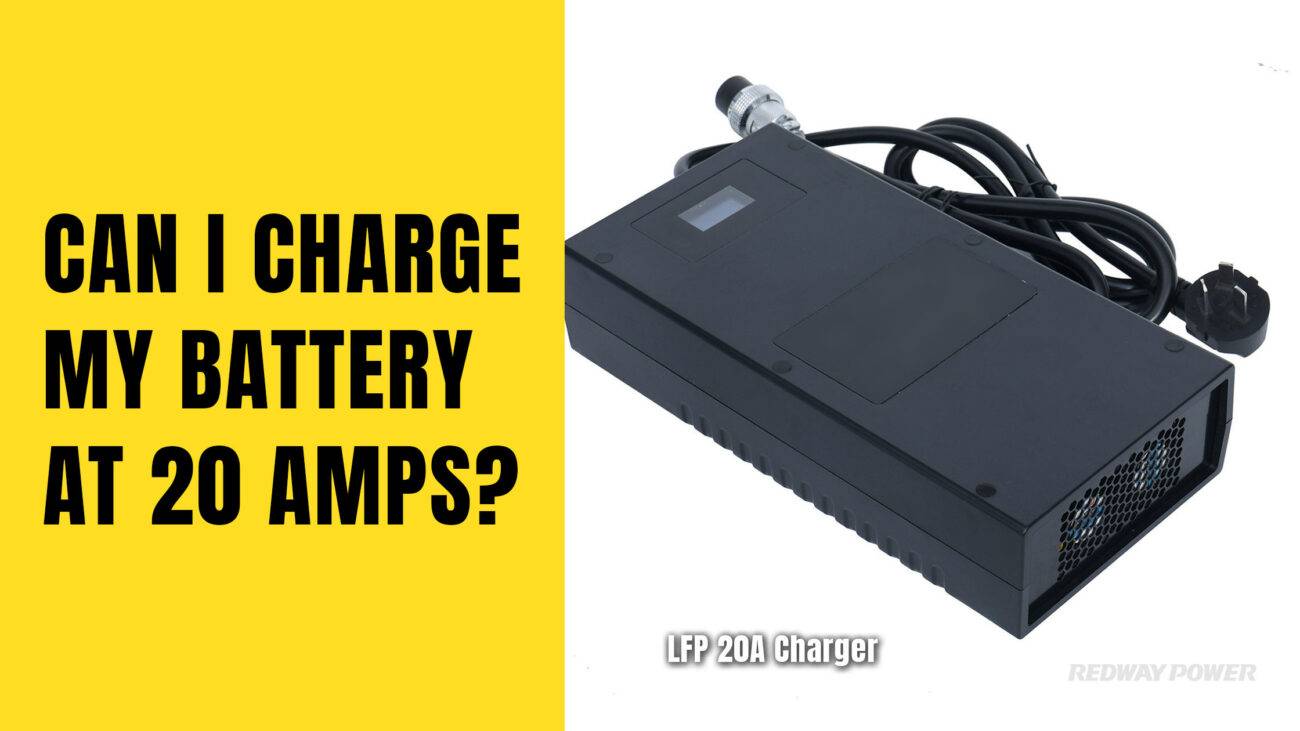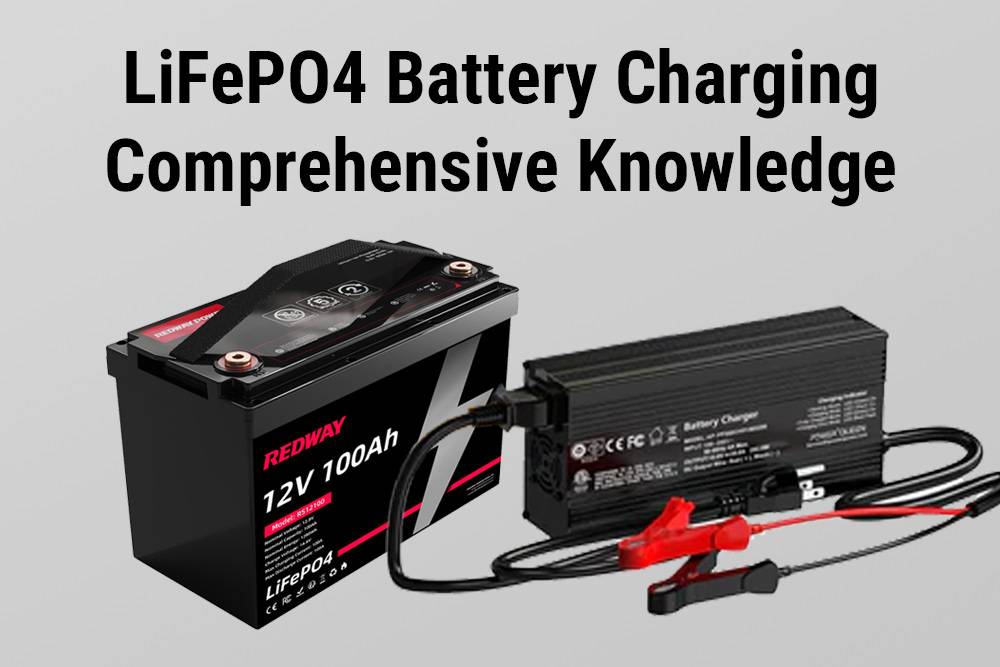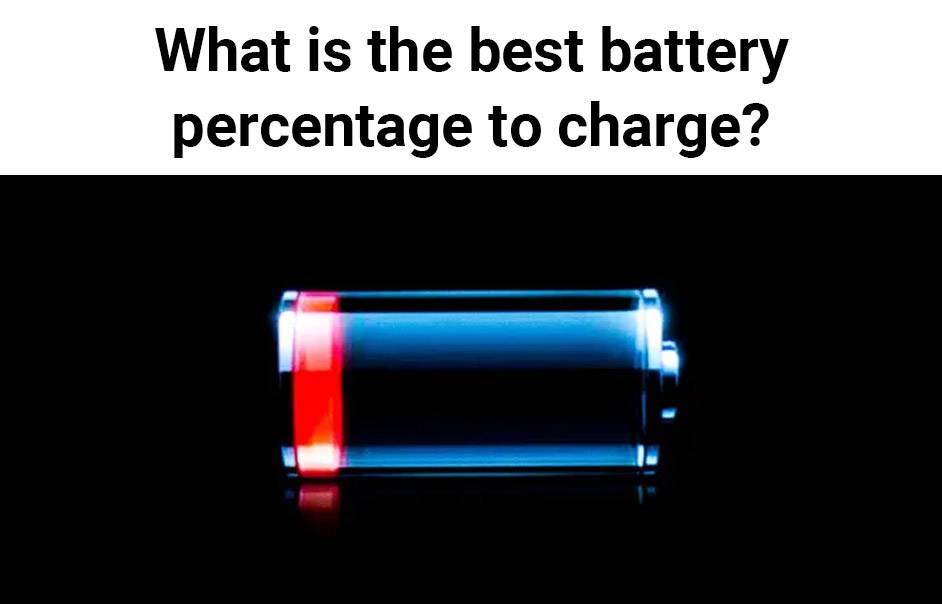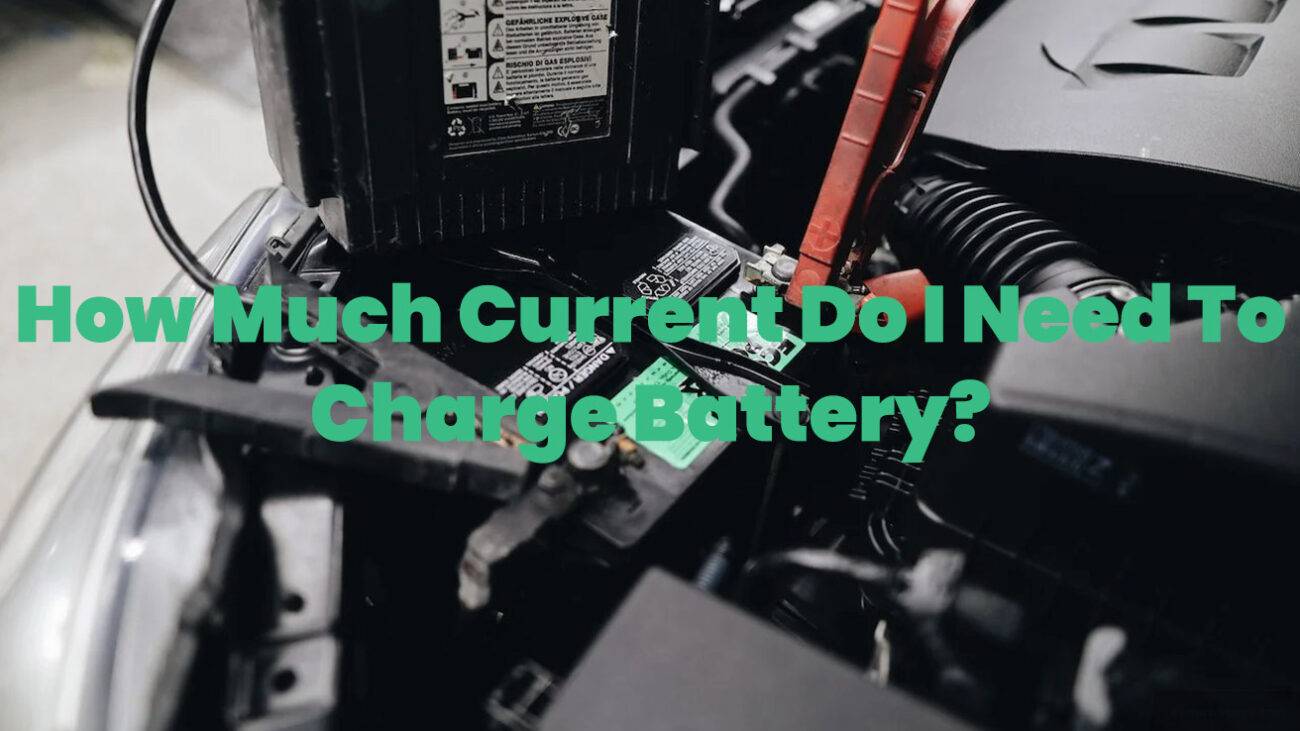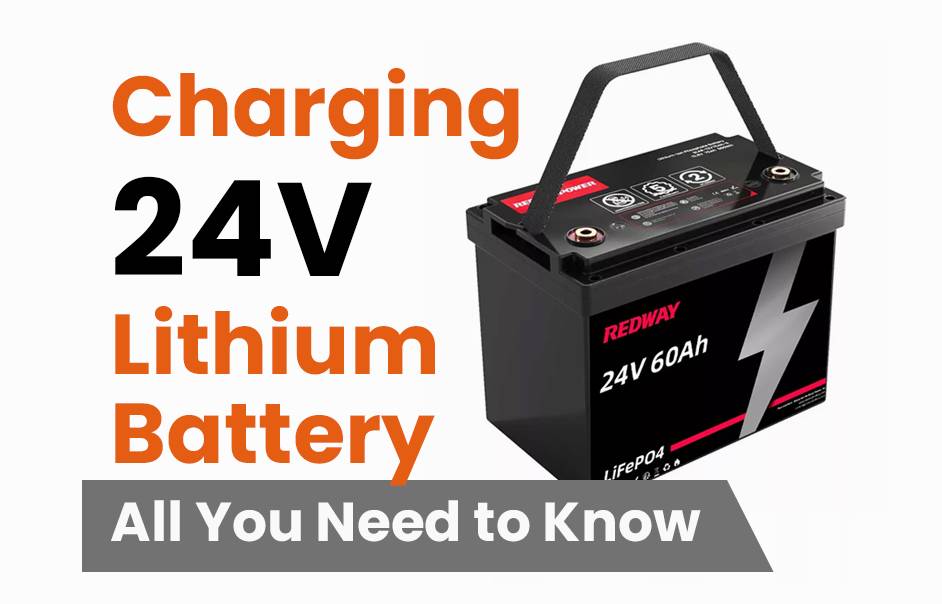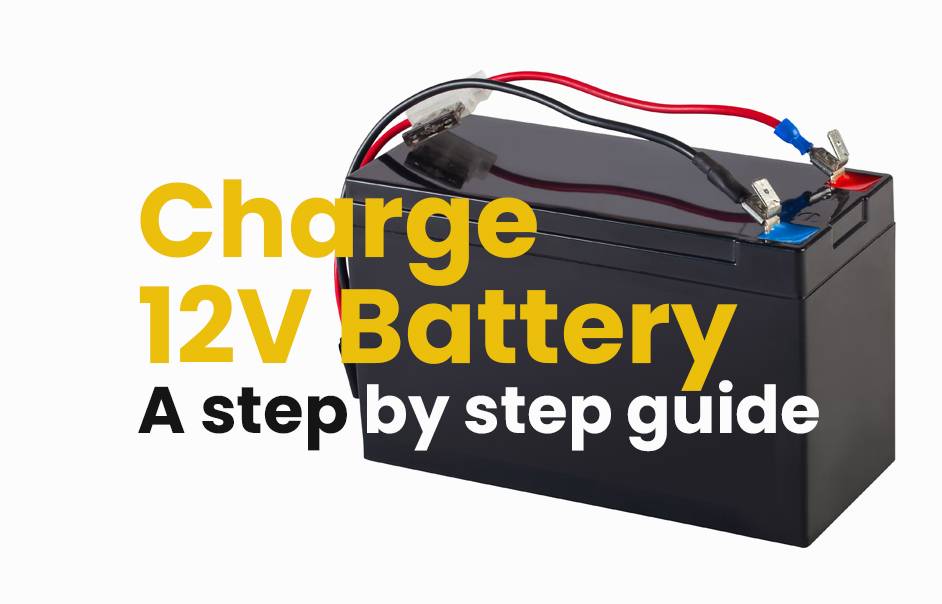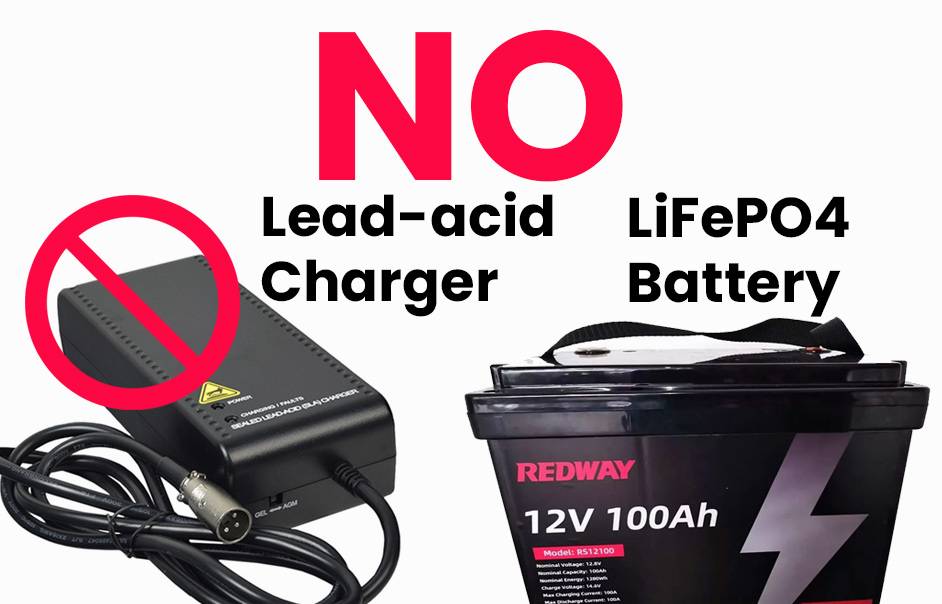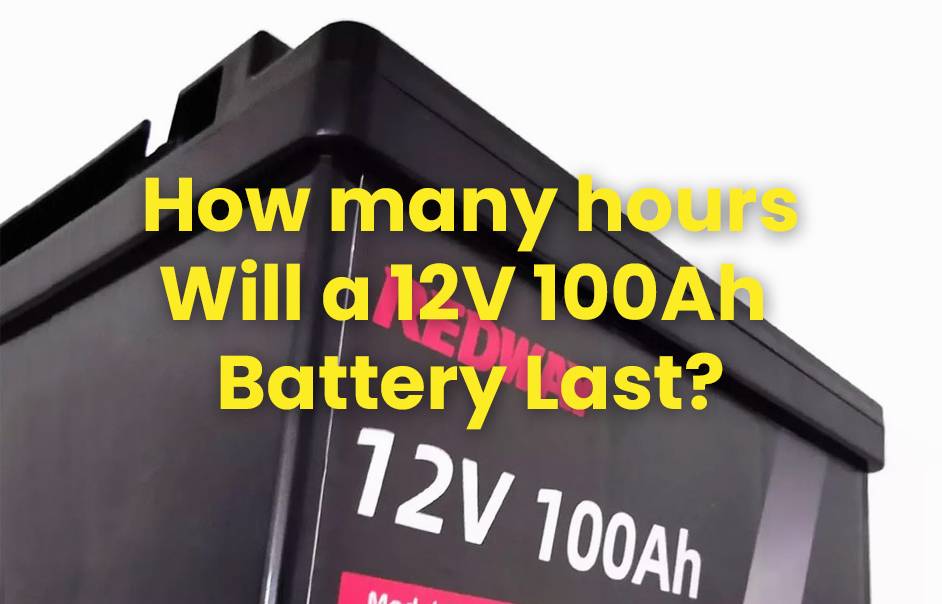Harnessing the power of the sun has never been more appealing than it is today. With concerns about climate change and rising energy costs, many people are turning to solar panels as a clean and sustainable source of electricity. But what if you want to go a step further and use that solar energy to charge a 12V 100Ah battery? How many solar panels would you need to accomplish this feat? In this blog post, we’ll explore the factors to consider when charging your battery with solar panels and provide insights on calculating the number of panels needed for optimal performance. So sit back, relax, and let’s dive into the world of solar power!
Factors to Consider When Charging a 12V 100Ah Battery with Solar Panels
Factors to Consider When Charging a 12V 100Ah Battery with Solar Panels
When it comes to charging a 12V 100Ah battery with solar panels, there are several important factors that need to be taken into consideration. First and foremost, you should assess the amount of sunlight available in your location. This will determine the efficiency of your solar panel system.
Next, consider the wattage and voltage output of your solar panels. It’s crucial to match these specifications with the requirements of your battery. Using incompatible equipment can lead to ineffective charging or even damage to your battery.
Additionally, think about the charging time required for your specific battery capacity. A larger capacity battery may take longer to charge fully compared to a smaller one. Understanding this will help you plan for adequate charging time.
Furthermore, take into account any energy losses that may occur during the conversion process from solar power to stored energy in the battery. Efficiency ratings provided by manufacturers can guide you in selecting high-performance equipment.
Don’t forget about safety considerations such as proper wiring and protection mechanisms against overcharging or overheating. These precautions ensure not only optimal performance but also prevent potential hazards.
By carefully considering these factors when charging a 12V 100Ah battery with solar panels, you can maximize efficiency and extend the lifespan of both your solar panel system and battery setup without compromising on performance!
Calculating the Number of Solar Panels Needed
Calculating the Number of Solar Panels Needed
Now that we understand the factors to consider when charging a 12V 100Ah battery with solar panels, let’s dive into the nitty-gritty of calculating how many panels you’ll need for efficient charging.
First and foremost, it’s important to know that not all solar panels are created equal. Each panel has its own wattage rating, which determines how much power it can produce. To calculate the number of panels needed, we’ll need to take into account both the wattage of each panel and the charging requirements of your battery.
To start off, find out how much power your battery needs to be fully charged. In this case, our 12V 100Ah battery requires approximately 1200Wh (watt-hours) for a complete charge.
Next, consider the average sunlight hours in your location. This information can usually be found online or by consulting local weather data. Let’s say you have an average of six peak sunlight hours per day.
Now divide the total amount of energy required (1200Wh) by the average peak sunlight hours (6). This will give us a rough estimate of how much power each solar panel needs to generate per hour – in this case around 200W (watts).
Check the wattage rating on your chosen solar panel and divide it by our estimated value (200W). The result is how many panels you’ll need! Keep in mind that this is just an approximation as other factors like efficiency losses should also be taken into consideration.
Remember though: investing in additional panels may provide more electricity during cloudy days or low light conditions. It’s always better to have more than less!
Stay tuned for more tips on maximizing solar panel charging efficiency!
Tips for Efficient Solar Panel Charging
Tips for Efficient Solar Panel Charging
When it comes to charging a 12V 100Ah battery with solar panels, efficiency is key. Maximizing the power generated by your solar panels can help ensure that your battery charges quickly and effectively. Here are some tips to help you achieve efficient solar panel charging:
1. Positioning: Properly positioning your solar panels is essential for optimal charging. Ensure that they are placed in an area where they receive maximum sunlight throughout the day. This means avoiding shading from trees or buildings.
2. Tilt angle: Adjusting the tilt angle of your solar panels seasonally can make a significant difference in their efficiency. In winter, tilting them at a steeper angle will increase exposure to low-angle sunlight, while in summer, reducing the tilt will capture more direct overhead light.
3. Cleanliness: Regularly clean your solar panels to remove dirt, dust, and debris that may hinder their performance. A dirty surface can reduce the amount of sunlight absorbed and decrease overall efficiency.
4. Battery management system (BMS): Installing a BMS can optimize charging by monitoring and regulating voltage levels within your battery system. This helps prevent overcharging or undercharging, prolonging the lifespan of both your batteries and solar panels.
5.
Energy consumption monitoring: Keep track of how much energy is being used by different appliances connected to your battery system so you can adjust usage accordingly during peak charging times.
By implementing these tips into your solar panel setup, you’ll be able to charge your 12V 100Ah battery more efficiently and get the most out of both your solar panels’ capabilities and long-term use!
Alternative Charging Methods for 12V 100Ah Batteries
Alternative Charging Methods for 12V 100Ah Batteries
When it comes to charging a 12V 100Ah battery with solar panels, there are alternative methods that can come in handy. These options provide flexibility and convenience, ensuring you have power when you need it.
One such method is using a wind turbine to generate electricity. Wind power can be an effective way to charge your battery, especially if you live in an area with consistent winds. By harnessing the power of the wind, you can supplement or even replace solar panel charging.
Another alternative is utilizing a generator as a backup source of energy. While this may not be as sustainable as solar or wind power, having a generator on hand can give you peace of mind during times when sunlight or wind may be scarce.
If portability is crucial for your setup, consider investing in portable folding solar panels. These lightweight and compact panels allow for easy transportation and setup wherever you go. Whether camping off-grid or traveling in an RV, portable panels provide flexibility without compromising on efficiency.
Some individuals opt for grid-connected systems that allow them to feed excess energy back into the grid while still being able to draw from it when needed. This approach not only helps offset your own consumption but also promotes renewable energy use on a larger scale.
Exploring these alternative charging methods allows you to adapt your system based on specific circumstances or preferences. Remember always to assess your unique needs and resources before deciding which option suits you best!
Conclusion: Making the Most of Your Solar Panels and Battery Setup
Conclusion: Making the Most of Your Solar Panels and Battery Setup
In today’s world, where sustainability is becoming increasingly important, harnessing solar energy to power our homes and devices is a smart choice. And when it comes to charging a 12V 100Ah battery with solar panels, understanding the factors involved can help you make the most of your setup.
By considering aspects such as panel efficiency, sun exposure, weather conditions, and battery capacity, you can calculate the number of solar panels needed to effectively charge your 12V 100Ah battery. Remember that it’s always better to have slightly more panels than required for optimal performance.
To ensure efficient charging, take advantage of tips like positioning your panels for maximum sunlight exposure throughout the day and regularly cleaning them to remove any dirt or debris that may obstruct their effectiveness. Additionally, investing in high-quality equipment and utilizing tools such as charge controllers can further enhance the efficiency of your system.
While solar panel charging is an excellent option for powering your 12V 100Ah battery in most cases, there may be situations where alternative methods are necessary. Depending on your needs and circumstances, options like grid-charging or using a generator as a backup source could be viable alternatives worth considering.
By carefully planning out your solar panel setup based on accurate calculations and following best practices for efficient charging, you can maximize the potential of both your solar panels and battery. Embracing renewable energy not only benefits you financially but also contributes positively towards reducing carbon emissions and preserving our planet for future generations.
So go ahead – take control of your power needs with sustainable solutions like solar panel charging! With careful consideration and proper maintenance techniques at play, you’ll be well-equipped to enjoy reliable power from clean energy sources while making significant strides towards living a greener lifestyle.

